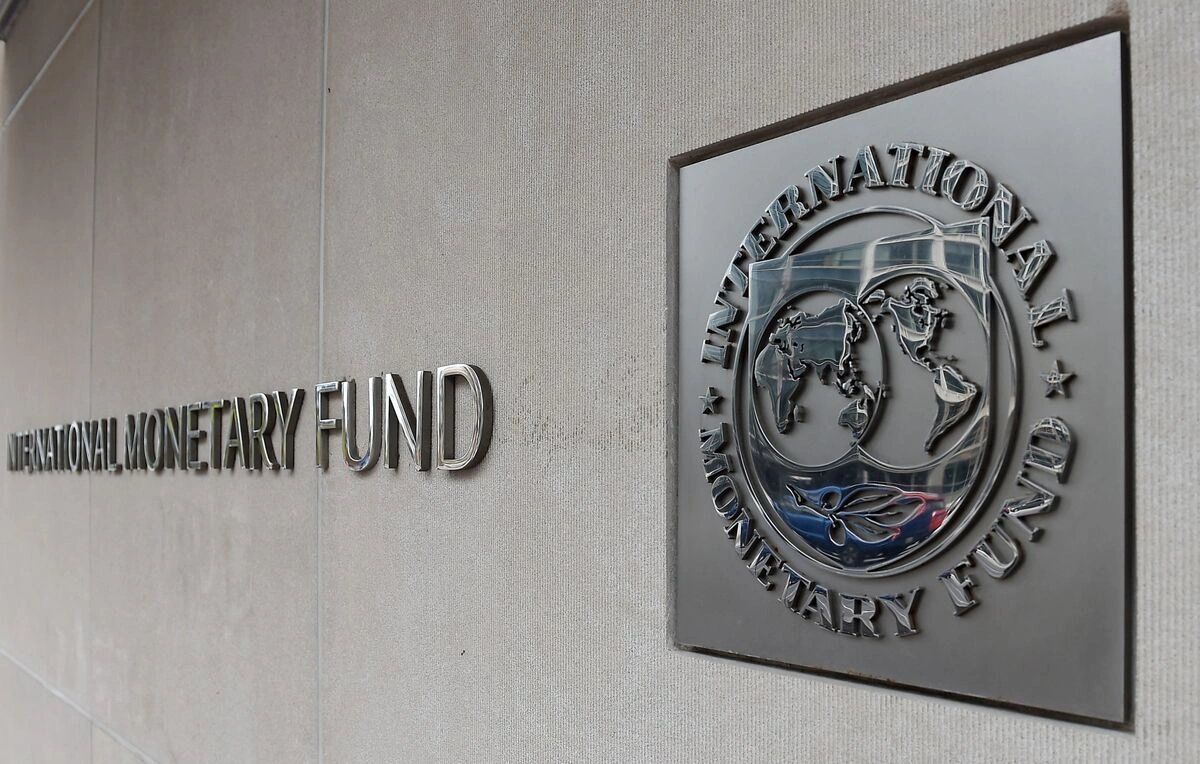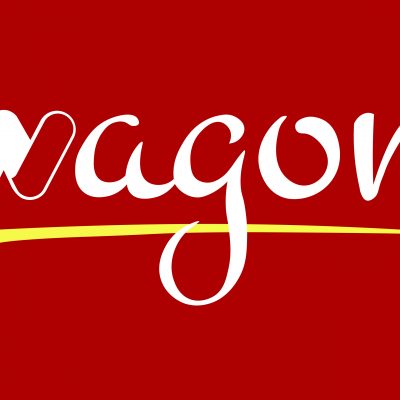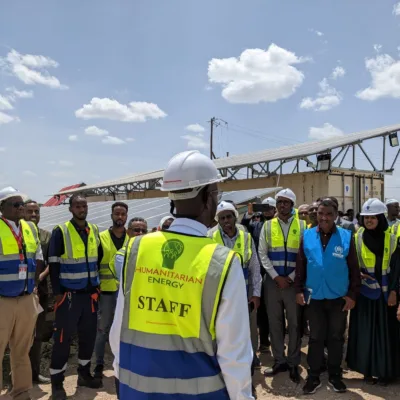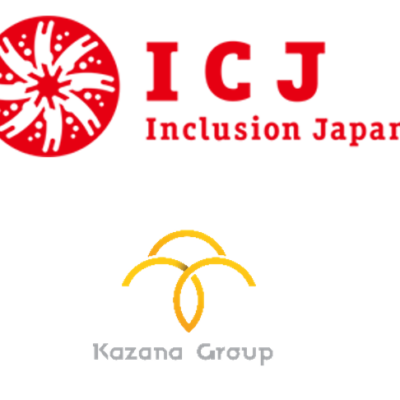Ethiopia’s four-year economic reform program, supported by a 3.4 billion dollar Extended Credit Facility (ECF), entails thorough digitization across multiple public sectors. The International Monetary Fund (IMF)-backed program includes expansion of e-payments in the rural safety net program, installment of digital supervision of state-owned enterprises, and electronic tariff valuation.
Several details laid out in the 144-page document, which includes staff appraisals and current reforms, highlight the introduction of key digital reforms across multiple public services to improve efficiency.
Aiming to improve financial management the Ministry of Finance, is developing a digital reporting system that monitors State Owned Enterprise (SOE) sector financial flows, quasi-fiscal operations, contingent liabilities, and fiscal risk management. Despite non-concessional external borrowing being reduced to zero in recent years, an accrued debt stock of above 8 billion dollars by SOE, or 28% of Ethiopia’s external debt stock, still resides in the Enterprises.
SOEs’ key performance indicators and monitoring of financial relations between SOEs and the state, including financial flows (subsidies, lending, and tax obligations), implicit transfers (public service obligations—PSO, preferential tax regimes), and loan guarantees and contingent liabilities will be facilitated through the system.
A budget for the IT project has already been approved, while it is expected to be operational by June 2025.
Another key area of digitization seeks to modernize safety net programs through the digital ID system, expansion of e-payments, and improved targeting of the rural poor. Backed by the World Bank’s Development Policy Operations (DPO) social resilience pillar, it will entail raising the share of allocations for productive safety net programs from 0.1% of GDP to 0.4.
Safety net programs are a critical lifeline for nearly 220,000 citizens from lower-income households in Addis Ababa alone, backed by a close to 3.4-billion-birr budget.
In line with current efforts at digital taxpayer registration and e-filing for trade licensing and tax obligations, the Customs Commission is also expected to fully digitize the valuation and the tariff classification process. Being a part of a larger scheme consulted by the IMF under the National Medium-Term Revenue Strategy (NMTRS), which will be adopted by the Council of Ministers, it is expected to improve overall revenue mobilization.
A swift advancement and digitization of tax revenue is also expected, with the full funding requirement to procure the Integrated Tax Administration System being forwarded by the federal government.
Several ongoing projects, like full digitization of trade licensing and registration, expansion of digital payment systems, and e-filing systems, are also part of the cross-cutting automation envisaged by the authorities.







